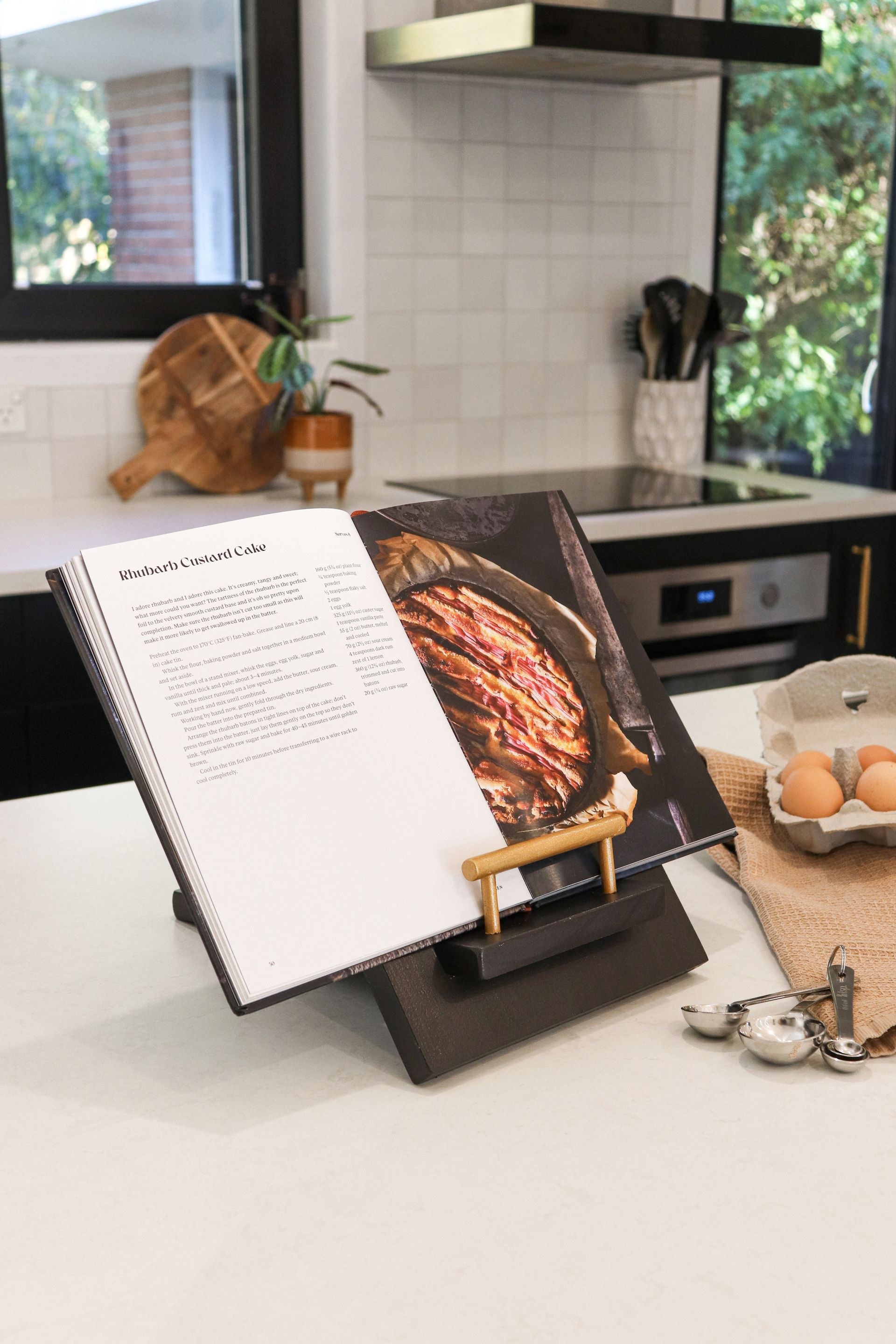For many years Jan Whyte had a dream; she wanted to grow olives. Despite finding her role as a family doctor in New Zealand very fulfilling, her dream persisted. Her sister Esther Paddon shares an insight into the journey Jan and her husband Niall Holland embarked on to make this dream a reality.
It was hot. In fact, it was very hot. I was in Italy, sitting under a big leafy olive tree. The shade made little difference to the heat, but tucked away from the full blast of the sun I imagined it was a tad cooler. My sister Jan (Whyte) seemed oblivious to the heat as she stood talking to the owner of the grove who was explaining the finer details of growing olives in Italy. Talking olives, and more recently growing olives, has been a passion of Jan’s and one I have admired for many years.
A decade (or so) ago, Jan and her husband Niall Holland made her dream of working with olives a reality, investing in an olive grove on the hills above Akaroa. Although New Zealand lacks a Mediterranean climate, olives grow well in many parts of the country, including their slice of Banks Peninsula which boasts the perfect microclimate required for successful growth. The hillsides ensure they get maximum sunshine and also reduce the risk of frost damage to the winter-ripening fruit. Due to their dislike of wet feet, the deep-rooted olive trees are happy growing in poorer soils on rough hillsides.
Fondly naming their grove Old French Road, the couple reasoned this could be the perfect project to pursue into semi-retirement as Jan was preparing to sell her partnership and retire from her role as a family doctor. However, no one could have foreseen that within days of their purchase, Canterbury, and in particular Christchurch, would experience a major earthquake. The sale of Jan’s partnership, in a busy Christchurch medical centre, fell through.
For the next few years Jan’s time was divided between helping rebuild a new medical centre and learning the basics of growing olives. Her dream was no longer the leisurely pursuit she had imagined – it was a full-time challenge.
Niall and Jan were fortunate enough to retain the services of Garry McFarlane who had worked for the previous owners of the grove and was keen to stay on and do the day-to-day routine and maintenance work. Their first few years were, without doubt, a steep learning curve and I doubt either had an inkling of the work and time involved. Yet their perseverance has paid off, with Old French Road regularly appearing in the New Zealand Extra Virgin Olive Oil Awards.
The couple now grow a number of olive varieties, each producing their own unique flavours. ‘Some are used for oil, some for table olives, and some for both,’ explains Jan. ‘The olive trees start blossoming around December, locally, and are wind-pollinated with fruit set visible in early January.
Six months from fruit set and they are ready for harvest, typically occurring in June and July. ‘Olives are green in colour when unripe and progress to black as they ripen,’ says Jan. ‘Table olives can be harvested for pickling from green to fully black, each stage producing a different flavour.
‘Olives are harvested for oil when they are about one-third green, one-third turning and one-third black. The blacker the olive the more oil contained, but riper olives have less of the beneficial polyphenols which provide the intense flavours and health-giving properties. Hence the reason for having a mix when picking and sending to be processed.’
Nothing about growing olives on a hillside is easy and perhaps harvest time is the most difficult. First a heavy branch shaker is used to shake the olives onto nets which have been placed on the ground around the trees. A smaller battery-operated finger shaker, rather like a garden rake but with long prongs, is used to loosen the remaining olives. Jan and Niall have tried trunk shakers, but on their steep hillsides, smaller handheld shakers are more effective.
When I help harvest, I am usually paired up with someone else on net duty. This involves gathering up the olive-filled net after the shakers have finished a tree. The logistics of getting the olives safely tipped into small containers which hold around 12 kg of fruit is not as simple as it sounds. It is important to get the net lifted and spread around the next un-netted tree before the shakers get there. After picking, the fruit is taken to a leaf blower to remove all the leaves, so there is no excess debris going into the press.
From the leaf blower the olives are fed into a hammer mill within the processing machine (or press) to be crushed and the paste dropped into a malaxer, where it is turned. ‘This allows the oil to develop,’ explains Niall. ‘The oil and paste then goes through a centrifuge called a decanter, and the oil separates off from the rest of the paste. Each variety of olive produces varying flavours. And just like with grapes, each year the flavour of a particular variety will vary from the previous year.’
Last winter (2020) was exciting for Jan and Niall, as direct from Italy, their very own Oliomio Processing Machine was on-site and up and running for the harvest. Before that, the olives had to be transported and booked in at the nearest press some 140 km away. Having their own machine gives them the freedom to pick their olives when they are at their peak for oil content, thus ensuring the oil produced will be the very best. While they always aimed to process within 24 hours – the acknowledged longest wait time between picking and crushing – now they can press the olives as soon as they come off the trees.
Despite the turbulence and disruption of 2020 due to Covid, it was a year of excitement for Jan and Niall, as beyond the new press they were awarded a gold star at the 2020 NYIOOC World Olive Oil Competition for their robust Picholine. Each year Olives New Zealand submits some of New Zealand’s best oils to the world competition, and to be recognised on the international stage was proof their hard work has paid off. ‘It feels like a very happy reward for all the care and attention we give to our grove,’ says Jan. ‘It is confirmation that what we are doing is working well through good pruning practice, soil maintenance, frequent mowing and a carefully managed spray regime.’
For me? I am only a sister who takes a personal interest in Old French Road. It is the perfect place to sneak away for peace and relaxation. Relaxation does not always mean rest from physical labour, but the ever-changing scene from their olive grove brings peace and tranquility. The only downside for me is I do not like pickled olives, or the taste of their oil. Niall, an expert connoisseur, excuses my lack of appreciation for a gourmet food by telling me olives are an acquired taste. However, after a decade of little success in changing my taste buds, he has decided to call my education quits.
While I may not like the taste of olive oil, working in their grove takes me to another planet. The delicate skins of an olive have a smooth silky feel to touch as well as exuding a subtle and pleasing fragrance. Maybe it is my imagination, but come harvest time, I am sure a faint Mediterranean scent wafts over the air at Old French Road.
For more information, visit akaroaolives.co.nz
Recent stories








